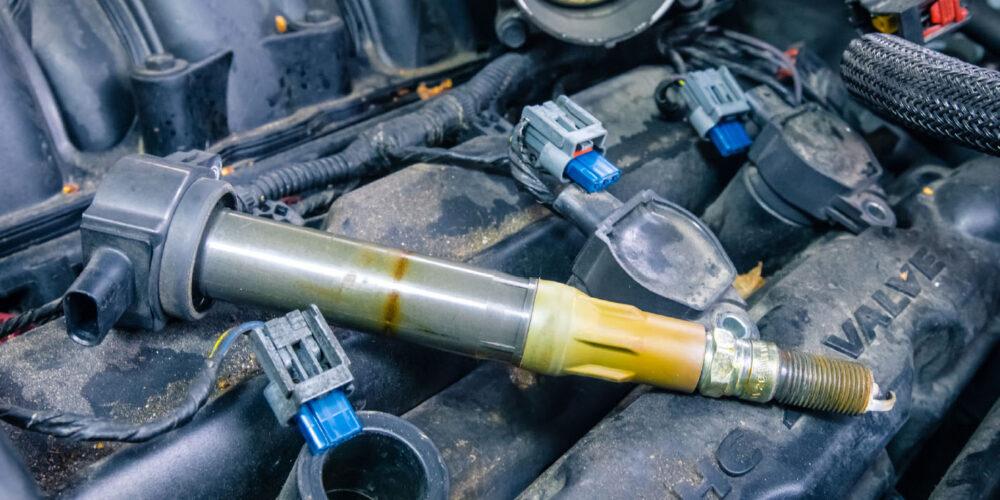by The WORLDPAC Training Institute (WTI) Team
Sophisticated automotive electrical systems can cause increasing amounts of dead batteries, intermittent warning lights and general electrical complaints. When addressing these issues, staying focused on the basics can save you time, money and nerves.
Automotive electrical basics are:
• Connection condition;
• Battery condition; and
• Alternator condition.
Connection Condition
In order of importance, connection condition (at least to the battery) really does come first. Without a good solid connection to the battery, the vehicle may not start, charge, or it could generate a few unwanted electrical gremlins. Clean tight connections from the battery to the chassis grounds and to the alternator and starter motor will eliminate subtle electrical gremlins. The condition of all electrical connections and the circuits they connect to can be easily tested using the voltage drop test. You will find bad relays, bad fuses, poor connections and faulty ignition switches within minutes (opposed to hour or days.) This may be the single most important test for technicians to implement into diagnostic routing when searching for a cause to an intermittent electrical complaint.
Battery Condition
Battery condition is paramount on today’s vehicles because the on-board computers will be the first to react to a problem within the battery. Computers are reliant on continuous, uninterrupted current flow between the positive and negative terminals of the battery. One bad plate in the battery can cause a multitude of electrical problems after you start the engine. You may be thinking, “That’s odd, I thought if the battery was bad the starter motor wouldn’t crank the engine?” Not true. As a technician on today’s vehicles, you need to toss out this old thought process. Before addressing electrical complaints on late-model vehicles, check the condition of the battery to ensure it is not the cause of the current fault.
Alternator Condition
After a battery has been determined to be in good condition, you will need to determine the condition of the alternator. With the numerous electronics operating late-model vehicles, the alternator output on some cars may exceed 200 amps! With that much output, the main power lead to the alternator may be fuse protected. Before replacing an alternator because of “no output,” double check the manufacturer’s information regarding their test procedures. You may discover that a fuse, fusible link or specially designed cable is the cause of the no output problem. One other note, be advised that some late-model vehicles could have alternators that are networked and diagnosing them will be different.
Tech Tip courtesy of WORLDPAC Training Institute (WTI).
For additional information on WORLDPAC Training Institute (WTI) and products offered by WORLDPAC, visit www.worldpac.com.














